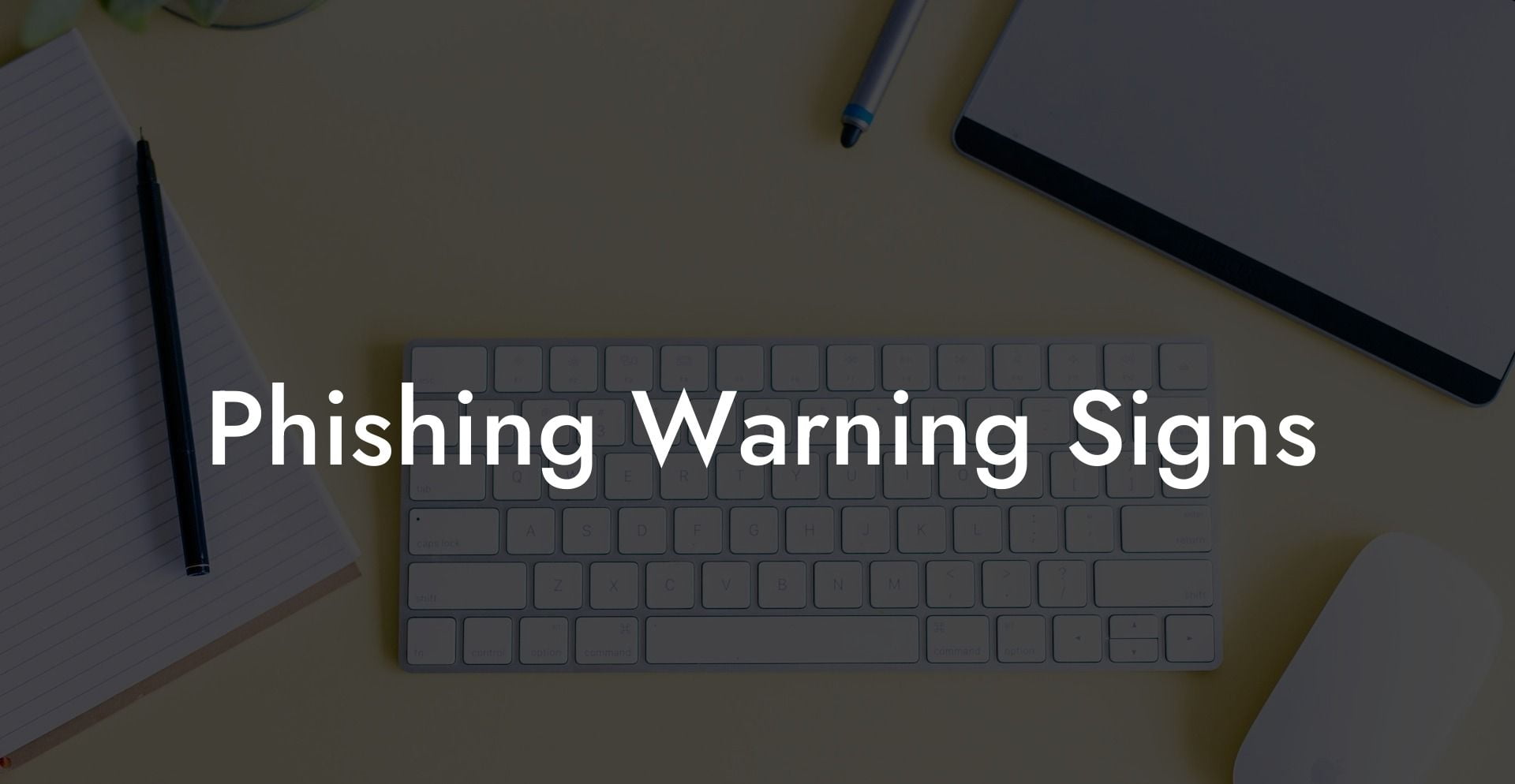As technology advances and online communication continues to grow, the risk of falling for scams also increases. One of the most prevalent digital scams today is voice phishing, a form of social engineering where an attacker pretends to represent a legitimate organization or person over the phone, attempting to deceive the victim into revealing their personal information or transferring money. Fortunately, staying one step ahead of these threats means being aware of the potential warning signs and knowing how to respond. In this blog post, we'll explore the most common phishing warning signs, how to recognize them, and how to protect yourself.
Phishing Warning Signs Table of Contents
3. Generic Greetings and Caller ID Spoofing
4. Inconsistencies in Accents, Language, or Background Noise
1. Sense of Urgency
One key tactic used by voice phishers is creating a sense of urgency to pressure their targets into acting quickly without giving much thought. Often the phisher will claim that your account has been compromised, you've won a prize, or there's a pending lawsuit against you. It's essential to remember not to panic and make rash decisions in such situations. Instead, verify the information by contacting the organization or person through a trusted channel.
2. Unsolicited Calls
Protect Your Data Today With a Secure Password Manager. Our Top Password Managers:
Generally, legitimate businesses and organizations will not call you out of the blue and request sensitive information or payments over the phone. Be cautious of any unsolicited calls, especially if the caller asks for personal information, such as your Social Security number, bank account details, or credit card information.
3. Generic Greetings and Caller ID Spoofing
Voice phishers often use generic greetings, such as "Dear Sir/Madam," "Dear Valued Customer," or "Dear Account Holder." This is an attempt to make the call seem legitimate, despite not knowing your name. Additionally, some scammers can manipulate caller ID to display a legitimate company's name or number. Be aware that caller ID can be spoofed and always verify the caller before giving out any information.
4. Inconsistencies in Accents, Language, or Background Noise
Pay attention to the details when receiving a suspicious phone call. If the person claims to be from a company or organization you're familiar with, not having the right accent, using improper grammar, or hearing unusual background noise could be red flags. Trust your instincts if something seems off.
Phishing Warning Signs Example
Imagine receiving a phone call from someone claiming to be a representative of your bank. They inform you that your account has been compromised and require immediate action. They begin confidently but avoid using your name or any specific account details. You notice that they're using a pronounceable accent that doesn't match the bank's location. The caller then aggressively demands you to verify your account number and password right away, giving you no time to ask questions or verify their identity.
Protecting yourself from voice phishing scams starts with staying informed and knowing the warning signs. By being aware of these red flags and staying vigilant, you can minimize the risks and avoid becoming a victim. Share this post with your friends and family to help them stay safe from voice phishing scams. For more information on this increasingly common form of cybercrime, explore the other guides and posts available on our Voice Phishing blog, your one-stop resource for everything you need to know about voice phishing and how to stay safe online.
Protect Your Data Today With a Secure Password Manager. Our Top Password Managers:















